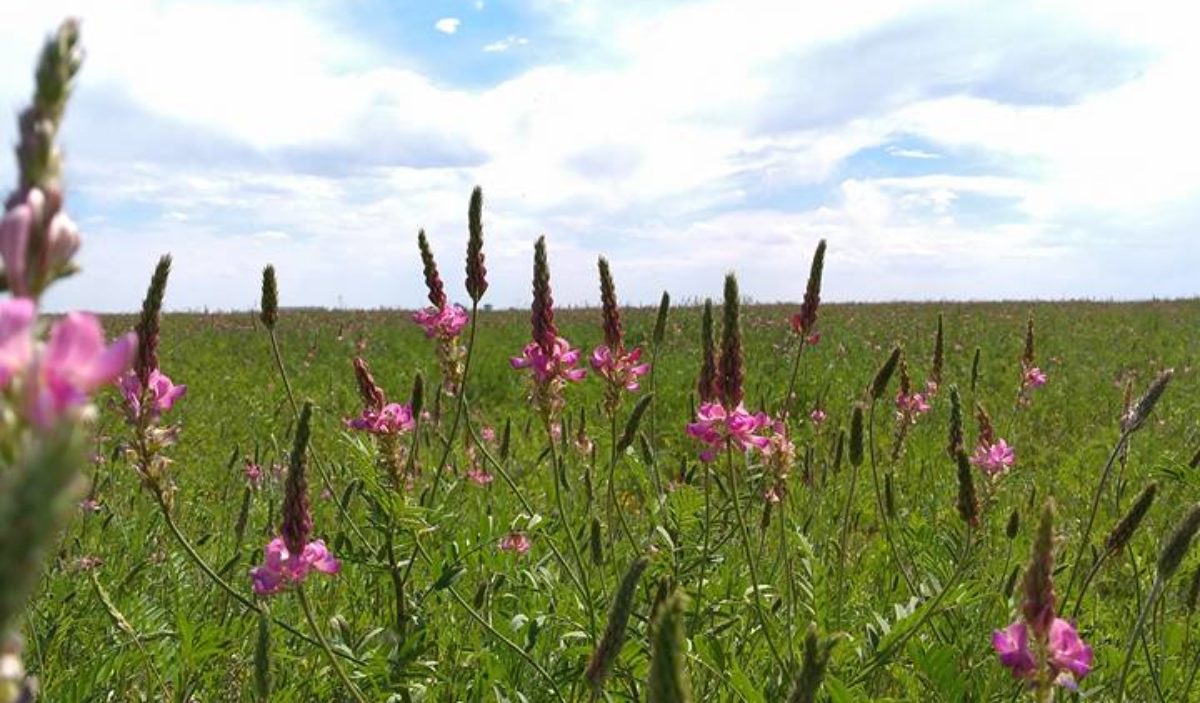One very energetic winter day I looked up Julia Child’s recipe for beef bourguignon. It was a very labor intensive meal taking a long period of time to complete. It was also out of this world delicious! I couldn’t see doing it often though, a shame since it is so tasty. I decided to attempt to modify the recipe. I’ve done so twice, both worked very well. The first was simply taking out some of the prep steps, using only a single pan; the second was using my previous modified version and doing the cooking in the crock pot.
Crock Pot Beef Bourguignon
Ingredients:
- 1 beef roast of desired size and cut (I prefer tri-tip)
- 4 slices bacon- cut into 1” pieces
- 1 medium onion- sliced, or 1 lb broiler onions
- 2 cloves garlic- minced
- 8 oz bella crimini mushrooms- sliced
- 2 large carrots- cut into large pieces
- 6 potatoes- halved
- 1 cup red wine (I like to use Chateau Maine D’Arman 2010)
- 3 cups beef broth
- 2 sticks butter
- 3 bay leaves
- Flour for dusting
Seasoning mix:
- 1 tsp sea salt
- ¼ tsp black pepper
- ¼ tsp white pepper
- ¼ tsp ground coriander
- ¼ tsp caraway
- 1 tsp rosemary
- 1 tsp thyme
Directions:
- In a medium skillet heat 1 stick of butter over low heat. Add the onion and garlic and saute until the onion is caramelized, about 40 minutes. Add the mushrooms and cook until golden brown.
- While the onion is cooking add the potatoes to the bottom of your crock pot, then add the carrots.
- Add the caramelized onion and mushroom mixture to the crock pot. Do not mix up. You want the potatoes to remain on the bottom.
- Slice the beef roast into large chunks, pat each chunk dry with a towel. Coat the beef in a mixture of flour and the seasoning mix, set aside.
- In the same skillet you caramelized the onions in, brown the bacon. Remove the bacon pieces to the crock pot but leave the fat in the bottom of the pan. Add the beef and brown on each side. If needed add more butter to the pan.
- When the beef is browned move it to the crock pot and de-glaze the skillet with ½ a cup of wine and add to the crock pot with the rest of the wine and the broth. At this time also add the bay leaves and any remaining butter.
- Cook on low 8 hours.
- To serve remove the potatoes and mash them with some garlic, onion powder and sour cream. If you prefer you do not have to mash the potatoes. You can also take some of the liquid from the crock pot and make a thicker gravy with it at this time. I do this by adding butter and flour to a saucepan and then adding the liquid, whisking until the proper thickness.
If you do not want to do the cooking in a crock pot I would advise getting a pan like This. Then you can do all the steps in the same pan and cook it in the oven for 5 hours at 325 degrees.
I get a lot of hits for This wine review. It seems a lot of people want to know if this is a good wine and I do not know if my previous review covered it all. So I am going to give a few more thoughts after having tried this wine a few more times.
The wine does have good flavor. We had a glass while eating this dinner and it went very well, quite enjoyable. What I did not like, and I’m not sure it was like this last time, was that it was grainy. You could see little bits of red stuff floating around in the wine and they had an awful texture in our mouths. It was really bad at the bottom of the bottle and I actually just threw that out. I don’t want to have to try to chew my wine. If our previous bottle had been like that I am not sure we would have purchased a second. I am unsure if we will give this wine another try after this experience or not. It’s still amazing in this recipe but, that graininess…..yuck!
This post contains affiliate links



























































